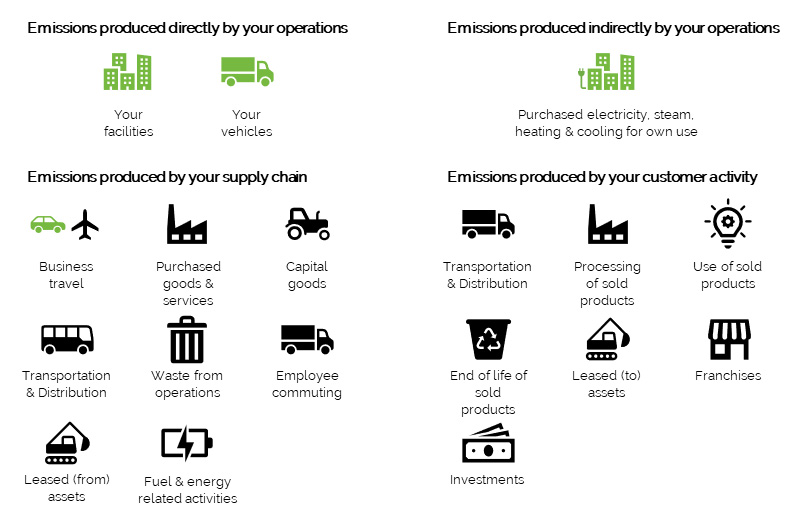

With the climate crisis on everybody’s minds and the COP 26 summit currently in progress, we thought we would write a brief guide to some ‘carbon jargon’…
(With thanks to the Planet Mark Zero Carbon Tour and the Festival of Sustainable Business organised by the Future Economy Network for some of the explanations!)
Hashtags
#togetherforourplanet – The hashtag for the UK’s year of climate change, hosting the UN Climate Change Conference COP26 in November 2021.
#onestepgreener – Encouraging people to take actions that have a positive impact on the environment.
#racetozero – A global campaign to encourage leadership and support from businesses, cities and investors to achieve a resilient zero carbon recovery to prevent future threats and create sustainable growth.
#decadeofaction – The global effort to deliver the 2030 promise of the 2030 agenda and SDGs, in which ambitious action is needed to mobilise everyone, everywhere, demand urgency and ambition and supercharge ideas into solutions.
Jargon
Carbon footprint – The amount of carbon dioxide that is released into the atmosphere as a result of the activities of an individual, organisation, group or community.
Scope 1, Scope 2 and Scope 3 emissions – Greenhouse gasses are broken into three categories to better understand the source, according to the Greenhouse Gas Protocol. Scope 1 includes direct emissions from the activities of company-owned and controlled resources, such as your facilities and vehicles including petrol, diesel and gas. Scope 2 includes indirect emissions from the generation of purchased energy from a utility provider, such as purchases electricity, steam, heating and cooling for own use. Scope 3 includes all the indirect emissions not included in scope 2 that occur in the value chain, such as produced by supply chain or customer activity.

Net Zero Carbon – Measuring Scope 1, 2 and 3 emissions to reduce Scope 1 and 2 emissions to zero and Scope 3 by a minimum of 50% while balancing any residual Scope 3 emissions using accredited carbon removal schemes.
Residual / unavoidable emissions – Any Greenhouse Gases emissions which remain after the organisation has implemented all feasible (technically and economically) opportunities, making reasonable efforts across all parts of the value chain.
True Zero – Is the ideal world goal. Also known as absolute zero, in its literal definition means the lowest possible temperature, which is theoretically possible. It is a long-term goalpost encouraging companies to maximise their contributions towards achieving net zero emissions by 2050.
Net Zero – Achieving a balance between the Greenhouse gasses that are put into the atmosphere against those taken out of the atmosphere. This is about doing as much as you possibly can, being left with a residual amount that can be offset.
Carbon offset – avoidance - Avoidance offset schemes are based on activities that reduce emissions by preventing their release into the atmosphere such as halting conversion of grassland to cropland and improving forest management or providing efficient cookstoves which are more efficient, require less wood (which reduces deforestation) and produce less smoke going into the atmosphere (reducing carbon emissions)
Carbon offset – sequestration – Using nature-based projects and engineering solutions to remove carbon from the atmosphere. Carbon is removed and sequestered through such activities as restoring mangrove swamps and seagrasses.
Carbon neutral – The balance between emitting carbon and absorbing carbon from the atmosphere in carbon sinks. To achieve Carbon Neutral status, an organisation must work to a carbon reduction plan to measure and reduce operational carbon and buy offsetting to match to their total carbon footprint. This is not best practice.
Carbon positive (or confusingly sometimes carbon negative!) – Activities that go beyond achieving net- zero carbon emissions, creating positive environmental impact by removing extra carbon from the atmosphere.